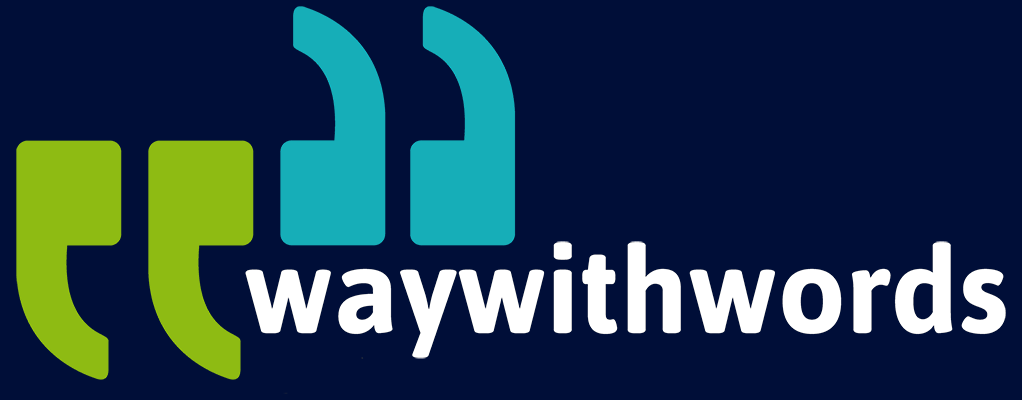What is Prompted Speech vs Freeform Speech in Data Collection?
How to Balance Scripted versus Open Speech Recording in Your Work
In speech technology, data is the fuel that powers innovation. Whether building an automatic speech recognition (ASR) engine, a natural language processing (NLP) model, or a conversational AI assistant working with multilingual phonetic conditions, the quality and diversity of speech data directly shape performance. A central decision in any speech corpus design is whether to collect prompted speech or freeform speech. These two approaches differ not only in methodology but also in the value they bring to specific applications.
This article explores the differences between prompted vs freeform speech, their advantages and limitations, and how they are best applied in data collection projects. By the end, dataset designers, UX researchers, annotation workflow managers, and speech data strategists will have a clearer view of how to balance scripted versus open speech recording in their work.
Defining Prompted vs Freeform Speech
The first step is to establish clear definitions of these two key terms:
- Prompted speech involves speakers reading, repeating, or responding to predefined text or audio prompts. Examples include reading lists of numbers, repeating command phrases, or pronouncing phonetically rich sentences designed to cover specific linguistic units.
- Freeform speech refers to unscripted, natural language responses. This could include answering open-ended questions, participating in informal interviews, or engaging in multi-speaker conversations without scripted control.
The distinction lies in the level of control versus naturalism. Prompted speech is controlled, uniform, and easy to map against expected phonetic or lexical targets. Freeform speech, on the other hand, is unpredictable, full of variability, and mirrors how people communicate in real life.
Understanding this difference is essential. A dataset that only relies on prompted material may capture wide phonetic coverage but fail to represent how people actually interact with technology. Conversely, a dataset built purely from freeform conversations may lack balance across phonemes or words, making it less useful for certain training purposes.
Prompt Design for Data Uniformity
One of the main strengths of prompted speech lies in its ability to ensure coverage and uniformity. Researchers and dataset architects carefully design prompts to target gaps in phonetic, lexical, or acoustic representation. Typical prompt categories include:
- Digits and numbers: To support voice input for phone systems, banking, or call centres.
- Command phrases: Such as “Turn on the light” or “Play next song,” essential for smart home devices and embedded assistants.
- Rare or phonetically rich words: Covering underrepresented phoneme combinations ensures models can generalise across accents and contexts.
- Domain-specific terms: For industries like medicine, law, or finance, prompted prompts may include technical vocabulary to guarantee inclusion in the dataset.
The structured nature of prompts ensures that all speakers cover the same material, making it easier to compare outputs, evaluate system accuracy, and diagnose weaknesses in recognition systems. Moreover, prompts allow scaling across thousands of participants while maintaining dataset consistency. Without carefully designed prompts, many critical speech sounds and usage cases could be missed.
Yet, there is a trade-off. Prompted utterances often lack spontaneity and carry prosodic cues that differ from natural speech. People typically read more slowly and carefully than they would speak in a relaxed conversation. This highlights the complementary role of freeform speech.
Benefits of Freeform Speech Data
While prompted speech ensures uniformity, freeform speech introduces the richness of human variability. Real-world interactions are rarely tidy. They include disfluencies such as “um” and “uh,” hesitations, laughter, interruptions, overlapping talk, and code-switching. Freeform data captures:
- Natural prosody and intonation: The rise and fall of voice in casual dialogue is key to improving models for conversational AI.
- Spontaneous vocabulary choices: Users phrase commands, requests, and questions in ways designers cannot always anticipate.
- Contextual adaptation: Speakers adjust tone, speed, and clarity depending on audience, environment, and intent.
- Disfluencies and errors: Far from being noise, these features are integral to human communication and crucial for realistic training.
Freeform speech also allows collection of conversational structures that prompted tasks cannot replicate. Dialogue turn-taking, interruptions, and contextual coherence all emerge naturally, making freeform data indispensable for chatbot and virtual assistant design.
Another benefit lies in linguistic inclusivity. In multilingual contexts, freeform recording naturally captures code-switching and hybrid language use, common in many regions but absent in scripted prompts. This diversity is essential for building models that serve global populations effectively.

Comparative Use Cases
Both prompted and freeform speech have unique strengths, and their applications vary depending on project goals.
Prompted speech is best suited for:
- Training text-to-speech (TTS) systems, where uniform pronunciation is vital.
- Collecting phoneme-rich datasets for early-stage model training.
- Command-and-control interfaces, where consistent phrasing is expected.
- Benchmarking and diagnostic testing of ASR accuracy across known inputs.
Freeform speech is best suited for:
- Training automatic speech recognition systems to handle realistic input.
- Improving chatbots, call centre assistants, and virtual agents, which must handle unpredictable phrasing.
- Capturing conversational analytics, such as customer sentiment or intent recognition.
- Exploring user behaviour in natural contexts, supporting UX research.
For robust model development, most organisations combine both approaches. For example, a dataset may begin with a scripted audio prompt collection to secure phonetic balance, then expand with freeform recordings to inject naturalistic variability. This hybrid strategy is increasingly common, especially in high-stakes fields like healthcare, autonomous vehicles, and financial services.
Collection and Transcription Considerations
Collecting prompted and freeform speech requires different workflows, particularly when it comes to annotation and transcription.
- Prompted speech collection: Annotation is typically straightforward. Since the text is known in advance, transcripts can be aligned automatically, with minimal manual correction. Quality assurance focuses on verifying pronunciation, speaker adherence, and audio clarity.
- Freeform speech collection: Annotation is far more complex. Transcribers must capture not only words but also disfluencies, overlapping talk, pauses, and non-speech sounds. This requires detailed transcription guidelines and trained annotators. Freeform data is also more time-consuming to segment, classify, and label for downstream use.
Another difference lies in speaker control and session design. Prompted recordings are usually shorter, isolated utterances, whereas freeform tasks often involve longer sessions and sustained attention. Researchers must balance participant fatigue with the need for authentic conversational material.
Ethical considerations also weigh more heavily in freeform contexts. Since participants may share personal stories or sensitive information, data privacy and informed consent protocols must be robust. By contrast, prompted sessions tend to carry lower risk, as speakers are reading controlled, neutral material.
Ultimately, successful speech data projects hinge on aligning collection design, transcription workflow, and intended use case. This alignment ensures that both prompted and freeform material deliver maximum value to model training and deployment.
Final Thoughts on Prompted vs Freeform Speech
The debate of prompted vs freeform speech is not a matter of choosing one over the other but of understanding how each contributes to the broader goals of speech technology development. Prompted speech ensures structured coverage and reliability, while freeform speech introduces the variability, naturalism, and authenticity needed for real-world performance.
As speech AI continues to evolve, organisations that balance scripted and open speech recording in their datasets will be best positioned to deliver systems that feel both accurate and human.
Resources and Links
Wikipedia: Speech Corpus – Outlines the composition and use of different types of spoken language corpora, including prompted and natural speech.
Way With Words: Speech Collection – Way With Words excels in real-time speech data processing, leveraging advanced technologies for immediate data analysis and response. Their solutions support critical applications across industries, ensuring real-time decision-making and operational efficiency.
